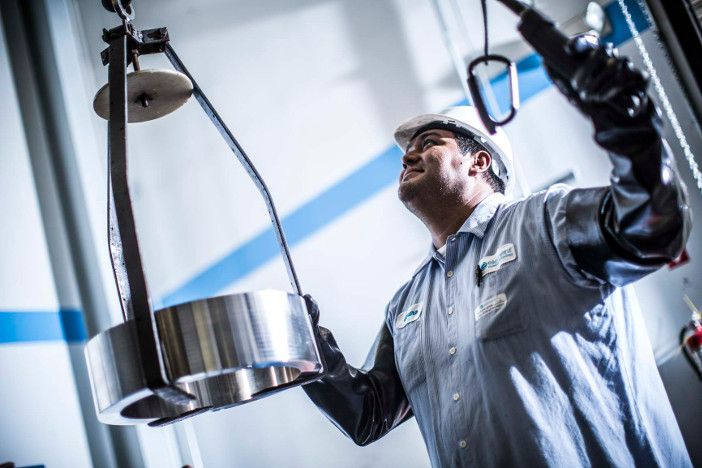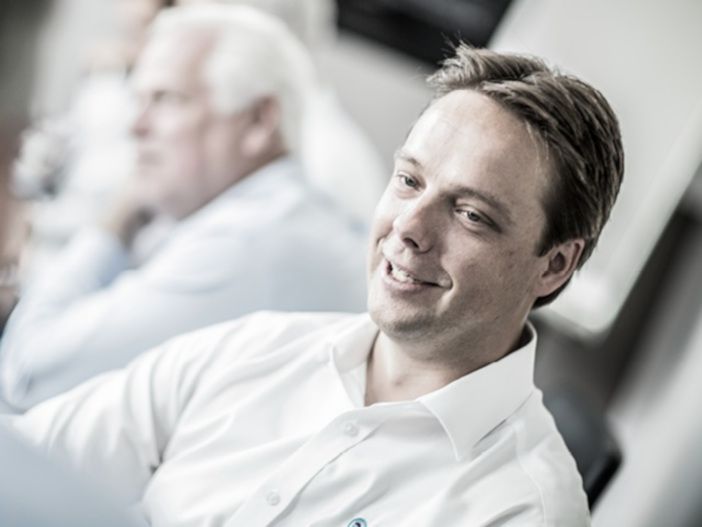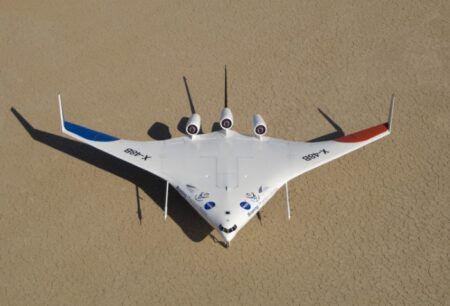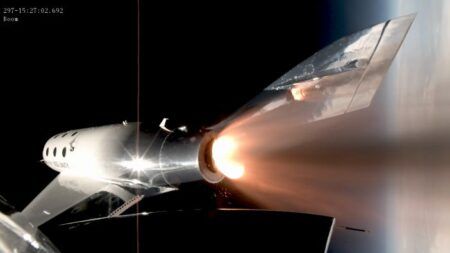Element Technology’s internal culture is vitally important to Rick Sluiters, the company’s executive vice president of Aerospace. “We are an aerospace company first, a testing company second. And we want to appear the same to our customers, no matter where we are or what we are doing,” he says.
Consistency in corporate culture is easy to lose sight of when a company grows as rapidly as Element. Launched in 2010 after a management buyout of what was previously the testing laboratory network of Dutch engineering conglomerate Stork, in its first year it had revenues of around US$100m and employed 600 people across 28 locations. Nine years later, the company generates revenues of around US$900m per year and employs 6,800 people across 189 locations.
The growth has been achieved mainly through acquisitions of smaller testing companies, combined with a strategy that has concentrated on just a few sectors: Aerospace, transportation, and oil and gas. Aerospace is now the largest sector of the three to the company.
“We knew when we launched that we had to be different from the other big testing companies,” says Sluiters. “We realized that no one company could provide the testing where and when it was wanted by the big global companies in these industries. Nobody had the global footprint or range of capabilities required by the customers.”
Element’s aim has been to build the capabilities and geographic footprint of the company to fill this gap.
Industrial integration
Element’s laboratories carry out mainly product qualification and materials testing for suppliers and OEMs. About 40% is testing for R&D and 60% of the work is for product qualification. A key aspect of Element’s strategy has been to become as embedded within these sectors as possible. The company is becoming more involved with managing OEM supply chains – it runs Airbus’s Global Proficiency Test Program from Toulouse, France. “I want us to take a broader role in supply chain management in the future,” says Sluiters.

Another area where there has been a focus on building out testing capacity and expertise is non-destructive testing (NDT). The company has recently opened an NDT laboratory in Sheffield in the UK; acquired NDT testing providers in Hartford, Connecticut and Cleveland, Ohio; and is building NDT facilities in Portland, Oregon and Greenville in South Carolina.
“The reason is to cater for the Leap 1A and 1B and the Geared Turbofan engines,” says Sluiters. “The production ramp-up for those engines is massive. There are a lot of new components and materials that require more ultrasonic inspection.
Sluiters says there is also strong interest from customers for NDT processes such as immersion ultrasonic testing, which tests parts that are either rings or discs for engines. Immersion ultrasonic testing involves immersing the part in a tank of water on a turntable and scanning it with transducers. The main benefits are that a recording of the scan is made and that it is more precise.
According to Sluiters, another NDT area that has grown in the past few years is the use of digital radiography. Like immersion ultrasonic testing, digital radiography is being increasingly accepted and adopted because the images can now be manipulated and stored more easily.
3D printing
Additional NDT capacity is also required to support the growth in testing of additively manufactured parts. An area where Sluiters believes the learning curve is steep. “We are testing a lot of components that were fabricated with subtractive methods and are now 3D printed,” he says. “But there are still a lot of questions around material characterization to be answered: Is the part the same if it is made by different 3D printers, different powders and around the longevity of parts?”
Another area where Sluiters sees continued growth is in testing the interior of aircraft in an effort to reduce noise, as well as testing for electromagnetic interference as aircraft become more electric.
Element acquired Cobham Technical Services Lightning Testing and Consultancy in November 2018. The company’s laboratory, which is in Oxfordshire in the UK, can simulate lightning strikes and test for indirect effects on electrical equipment and systems.

The acquisition is typical of the firm’s approach to the testing business, which anticipates and prioritizes investments in technological areas that aerospace firms will need in the near future.
“I want to discuss with customers what they want to keep in-house and what we can do as an external supplier, to see how we can fit in,” says Sluiters. “Companies keep testing in-house when it is impractical to move things, or if there are concerns over IP. But our global footprint and range of capabilities mean we can get better utilization from our people and equipment, offering a cost reduction over in-house.”





